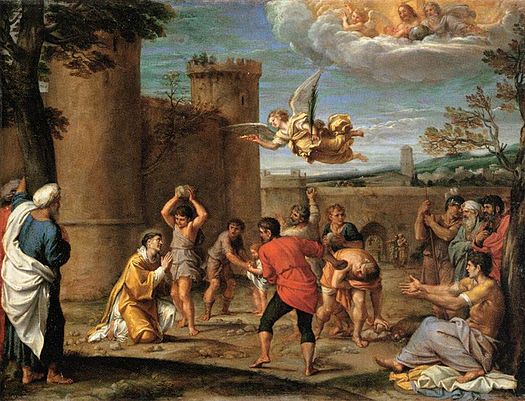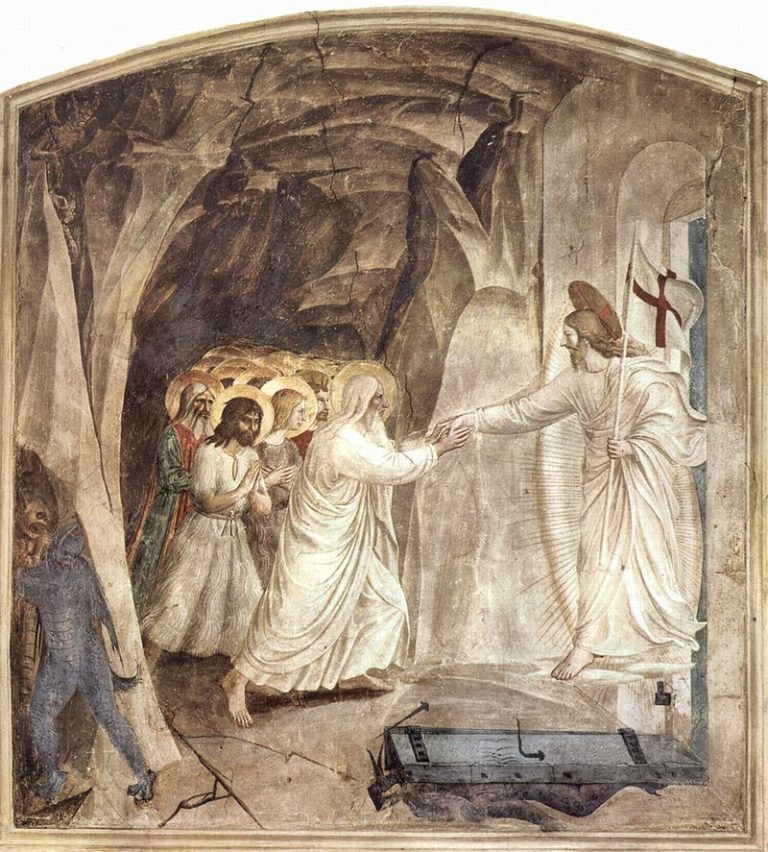The first medicines to be rationed were pain killers. Until the early 1900s, people suffering from pain could go to the drug store and buy pain-killing drugs. When Ben Franklin was crippled by the pain of kidney stones, he would buy opiates from the nearest pharmacy and deaden the pain enough to work on the Constitution.
Doctors realized that they were missing the opportunity to charge self-medicating people for office visits. Their lobbyists prompted legislation that kept people from killing their own pain. Laws were passed to make people suffer their pain unless they paid money to a certified physician for a prescription.
Once the idea was established that licensed professionals were the only ones allowed to relieve pain, an important nanny-precedent was established that made doctors far wealthier when antibiotics became available. Rather than trusting people to simply go and buy antibiotics at the drug store, which is legal in many countries, we are forced to pay doctors to write prescriptions that any nurse, and most people, could take care of on their own.
Home rationers.
Until the mid-1900s, people could build the buildings they wanted. That allowed Americans to build their own houses, offices, factories, and buildings without a lot of interference. We see by the number of well-constructed older homes and buildings that builders, even without being plagued by armies of regulators and inspectors, were able to build solid, sturdy structures all by themselves.
Over time, many people found that they were far more prosperous if they moved from the city into the country.
When cities and inner suburbs found themselves with huge salary bases to maintain, they lobbied legislatures to make it more difficult for their residents to build in rural areas. The Building Rationers developed septic requirements, water well standards, zoning, and building codes to make it nearly impossible to move to freer areas.







